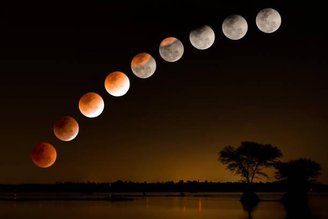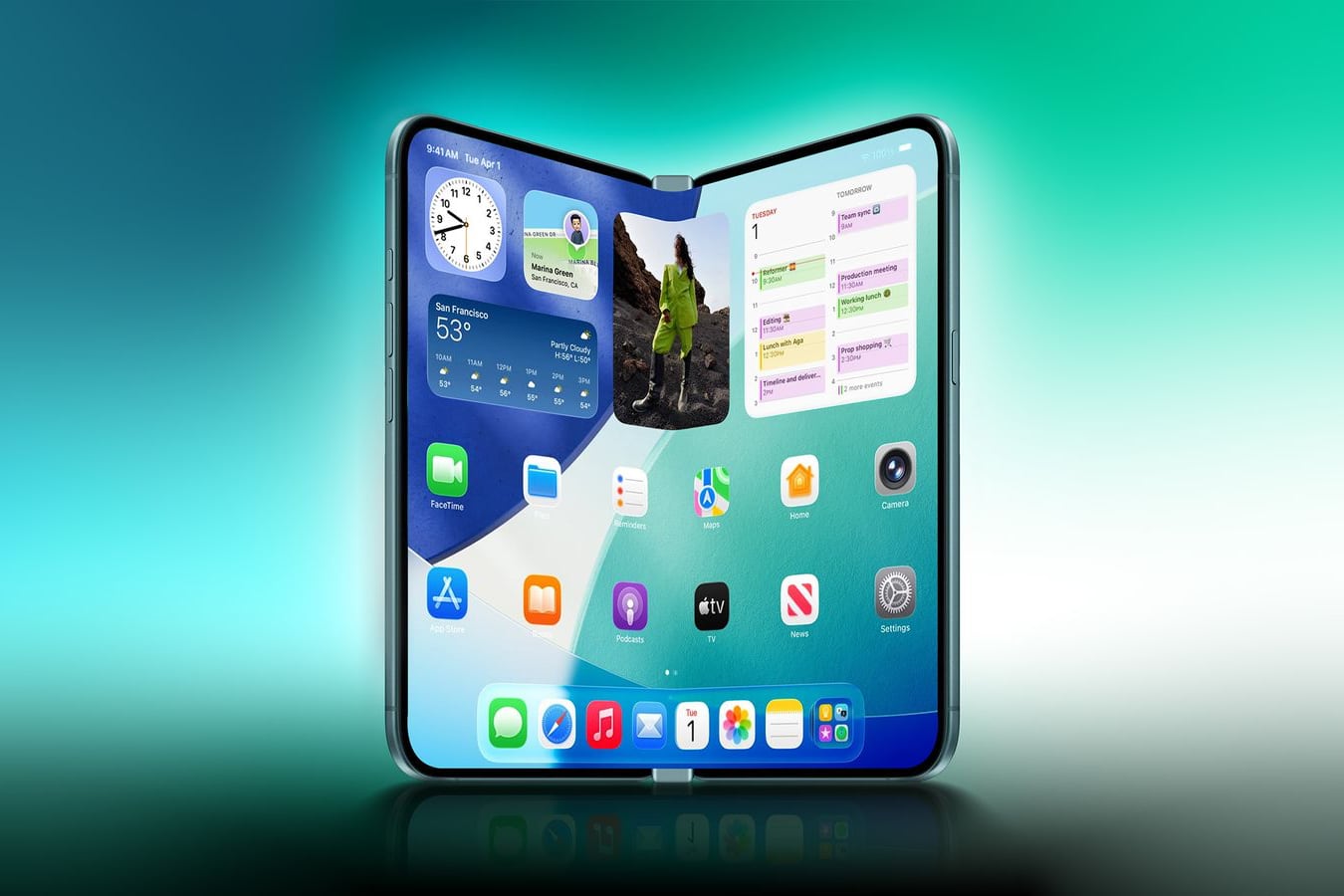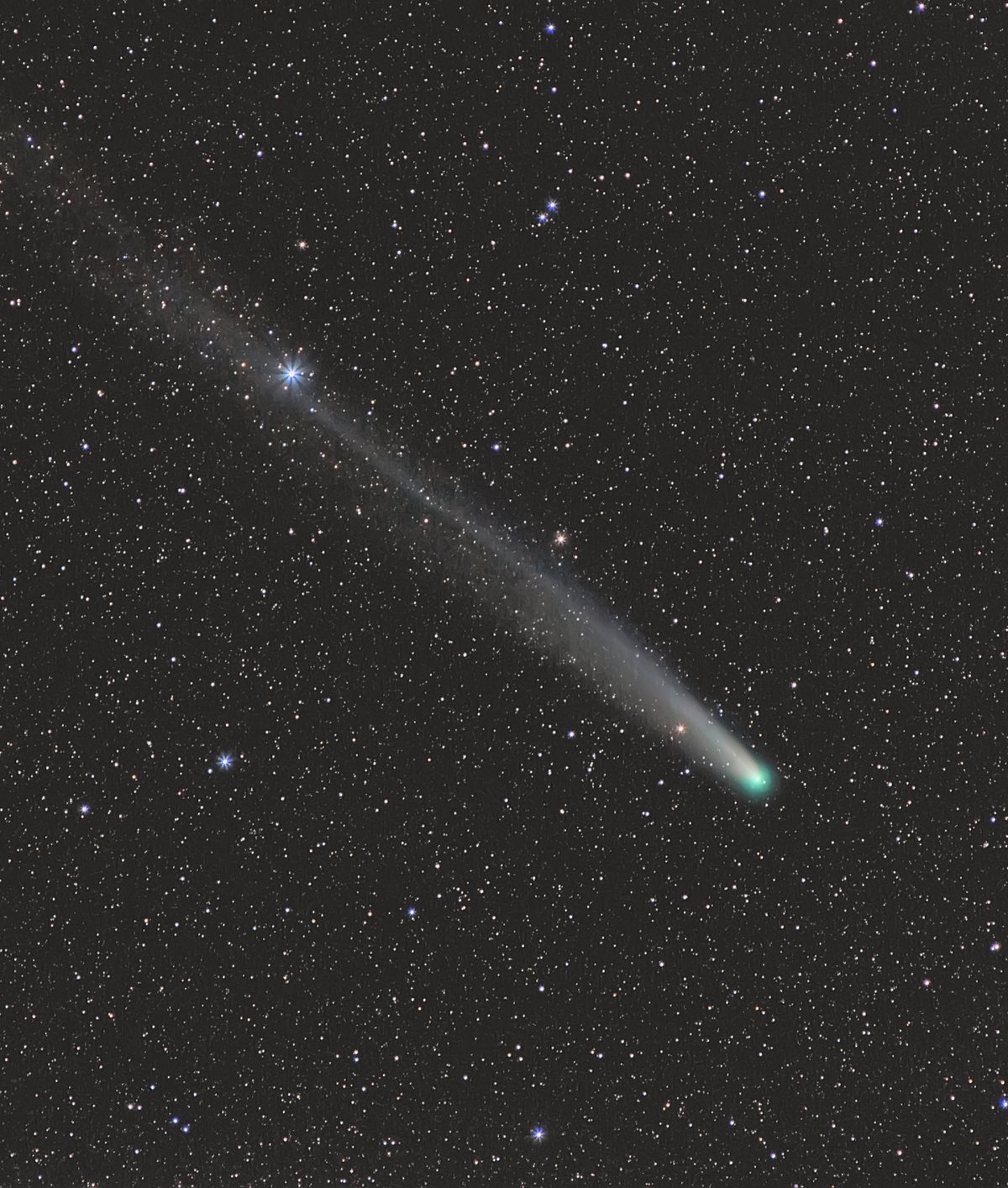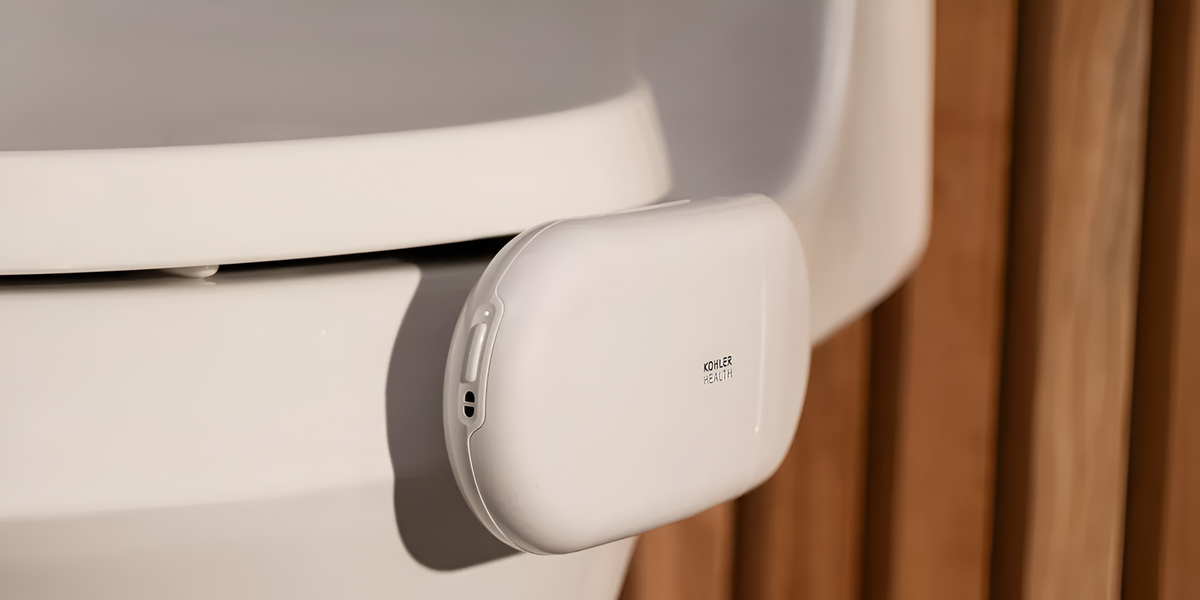Every week, TecMundo and #AstroMiniBR curate the main astronomy news and curiosities, so you never miss a celestial event and are always up to date on the latest cosmic news. Check it out!
1. Comet C/2023 A3 transit (Tsuchinshan-ATLAS)
Comet C/2023 A3, also known as Tsuchinshan-ATLAS dubbed “comet of the century” It is carried out by amateur observing enthusiasts and is one of the main astronomy events of September, especially for observers in the Southern Hemisphere.
This comet, discovered in early 2023, It is rapidly approaching perihelion, the point of closest approach to the Sun, on September 27, 2024.During this period, the comet will be visible in the pre-dawn sky in Brazil from the 15th. If predictions are correct, the comet could reach magnitude 1, meaning it would probably be visible to the naked eye with an impressive tail.
The best chance to see it will be in late September and early October, when it will be visible in the constellation Sextant. It will be 14 degrees south of the slender crescent Moon on September 30. Expectations are high, but as is always the case with comets, it is difficult to predict whether it will reach the expected brightness or disintegrate as it approaches the Sun.
2. Saturn in opposition
Majestic ringed planet Saturn reaches opposition in September 2024, one of the most favorable times of year to observe. At opposition, Saturn was directly opposite the Sun in the sky, meaning it was visible throughout the night. and it shone even brighter.

The event was a great opportunity for astronomy enthusiasts to observe the planet’s rings and largest moons. During the opposition that occurred on September 8, Saturn was nearing its closest approach to Earth.It enables sharp and detailed observations with medium-sized telescopes.
As a bonus, the planet’s rings were ideally positioned for observation and will make for a fascinating sight for those with access to astronomy equipment.
3. Partial lunar eclipse of September
Another interesting September 2024 event is Partial lunar eclipse to occur on the night of September 17 and early hours of September 18Less than 1% of the Moon will be covered by Earth’s shadow during the eclipse, presenting an observational challenge for astronomy enthusiasts across much of the Americas, Western Europe, and West Africa.

The eclipse will begin at 23:12, peak at 23:44 and end at 12:16 Brazilian time. Although it is not a total eclipse, the event will still be visible, especially in areas with clear skies.
This event can be seen without the need for telescopes or binoculars, although these instruments can provide a more detailed view of the Earth’s shadow on the Moon.
Did you like the content? So always stay up to date with the latest astronomy news on TecMundo! See you next week!
Source: Tec Mundo
I’m Blaine Morgan, an experienced journalist and writer with over 8 years of experience in the tech industry. My expertise lies in writing about technology news and trends, covering everything from cutting-edge gadgets to emerging software developments. I’ve written for several leading publications including Gadget Onus where I am an author.












